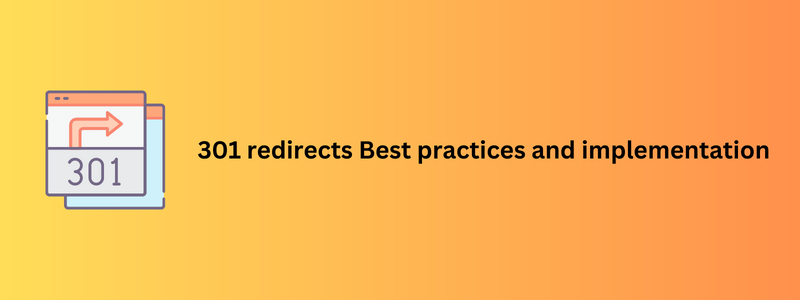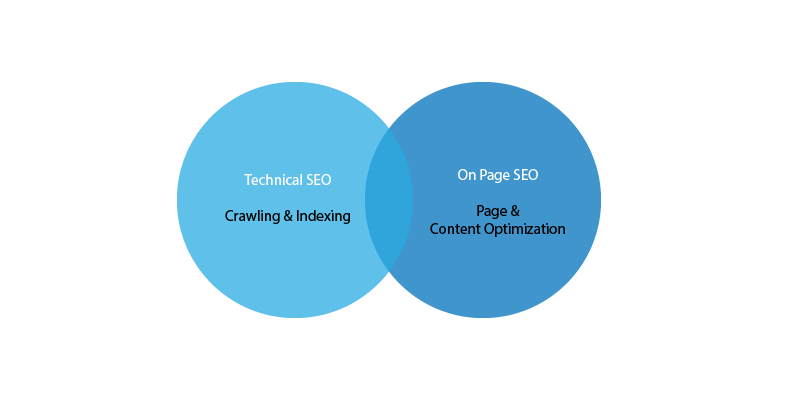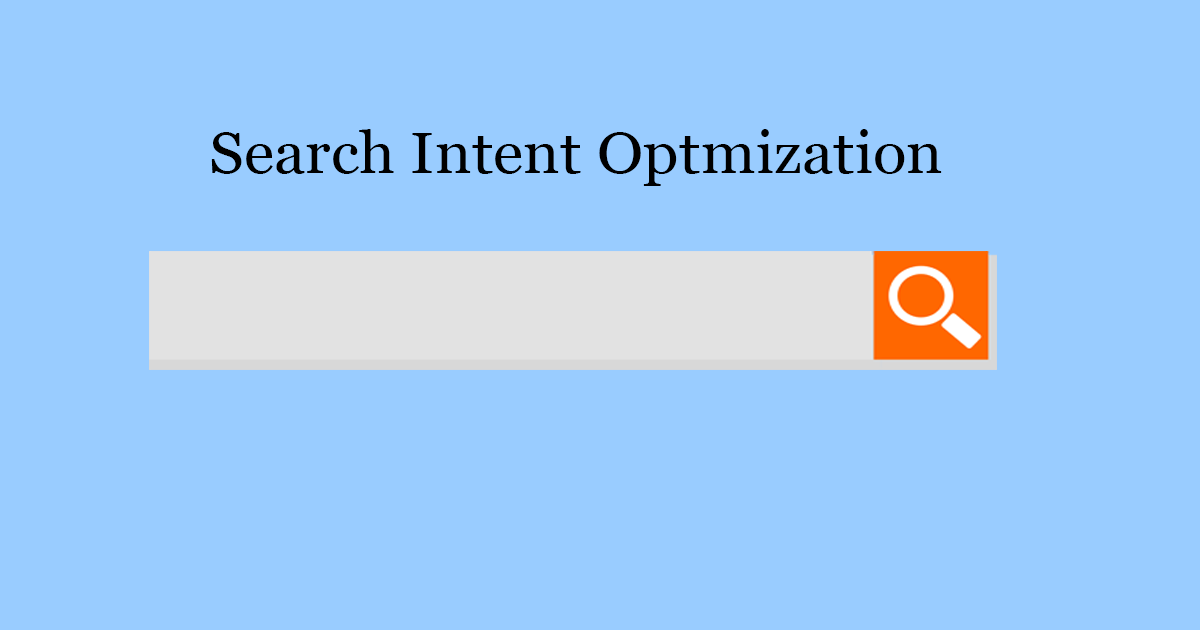What are 301 Redirects?
A 301 redirect is a permanent method of directing a web page to a new location, preserving search rankings and ensuring a smooth user experience.
Why Use 301 Redirects?
- Preserve SEO value
- Improve user experience
- Avoid broken links and penalties
- Maintain website authority
When to Use 301 Redirects?
1. Website Migration
2. Page Consolidation
3. Fix Broken Links
4. Non www to www or vice versa
How to Implement 301 Redirects?
There are multiple ways to implement 301 redirects, depending on your server configuration and tech skills. Here are a few methods:
1. Using .htaccess (Apache Server):
If you’re using an Apache server, you can create a .htaccess file and add redirect rules. For example, to redirect `example.com/page1` to `example.com/newpage`, you can use the following code:
Redirect 301 /page1 http://example.com/newpage
2. Using Nginx Configuration (Nginx Server):
If you’re using an Nginx server, you can modify the server block configuration file to set up redirects. Here’s an example:
server {
listen 80;
server_name example.com;
return 301 http://www.example.com$request_uri;
}
3. Content Management Systems (CMS):
Most CMS platforms, such as WordPress, have plugins or built in functionality to manage redirects. You can install plugins like “Redirection” or “Yoast SEO” in WordPress to easily set up and manage 301 redirects.
Sites and Tools for Testing 301 redirection
- Google Search Console
- Screaming Frog
- Redirect Checker
Tips and Tricks for Effective 301 redirect Implementation
- Use relevant redirect targets
- Update internal links
- Avoid redirect chains
- Monitor and update redirects
Testing 301 Redirects
- Manual testing by entering the old URL
- Check HTTP status code using online tools
Conclusion
301 redirects are essential for website optimization and user experience. By using them correctly, you can maintain SEO value, avoid broken links, and ensure users are directed to the right content. Regularly monitor and update redirects for the best results.












